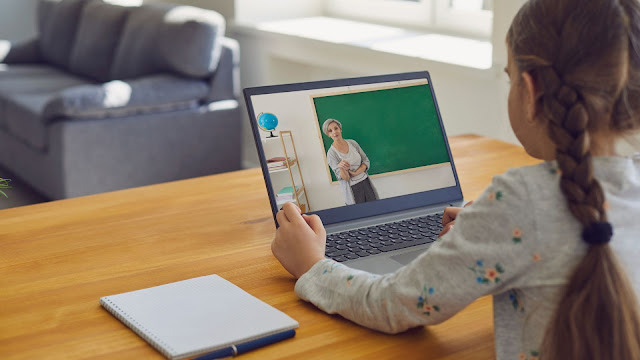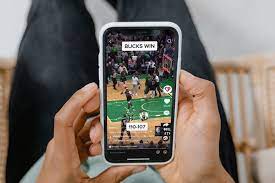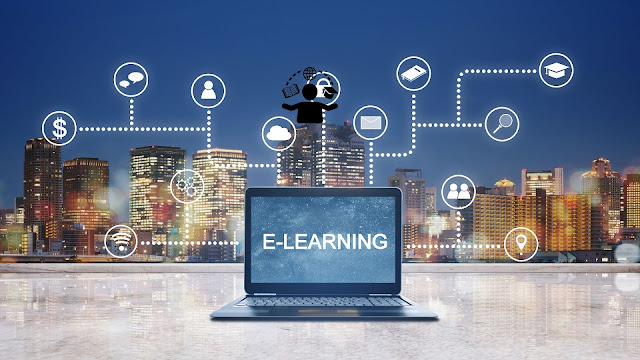10 E-learning trends to watch out for in 2023
- Get link
- X
- Other Apps
Digital learning has
come a long way, yielding changes in classrooms across the globe. Education has
evolved dramatically, with eLearning as the most notable advancement. Between
2020 and 2025, the online education market is expected to expand by
more than 200%. In the future, all students will have balanced access to
educational materials and possibilities, resulting in more equitable
opportunities for success.
E-Learning
Trends
1. Hybrid Learning
2. Gamification
3. Micro learning
4. Scenario-based learning
5. Modified Assessments
6. Video Learning
7. Augmented Reality based classrooms
8. Informal Networks of Learning
9. Simulation-based education
10. Blockchain for E-learning
Hybrid Learning
Hybrid learning is an educational model in which a section of students attend lectures in person while others participate virtually from home. This approach switches more of the instructional delivery online while reducing the amount of time students spend sitting in a typical face-to-face classroom. Students can take part in real-world cooperative learning experiences. For Instance: Hybrid learning can be through a collaborative interrogation using a digital Whiteboard.
·
Independent work with
the simultaneous classroom.
·
There is no
discernible distinction between who is present and who is remote.
·
Large in-person
discussions allow for meaningful dialogue, discussion, and debate.
Gamification
Gamification is a powerful medium for enhanced learning through playing games. It ingrains enduring abilities like solving problems, critical analysis, social intelligence, cooperation, and teamwork. Games can also be used to motivate people, increase their interest in certain subjects, and lower the rate of attrition among students.
· Gamification fosters an emotional bond between the content and the students.
· Aids in the retention of new information in long-term memory
· Personalized performance enables self-assessment to anticipate future educational behavior.
Micro-Learning
Long PowerPoint presentations and clumsy learning systems are a thing of the past. The education industry has formally entered the era of bite-size e-training methods which is more intriguing, less moment, and less costly.
· Microlearning is created through short bursts of knowledge by splitting knowledge down on your feed on social media.
· This form of learning overcomes the forgetting curve allowing students to retain key points more effectively.
· Courses can be delivered to learners in minutes through texts, and images, allowing for rapid learning.
Scenario Based
Learning
An Educational setting where learners face realistic work obstacles and receive realistic feedback. Students are immersed in engaging scenarios that are frequently based on real-life scenarios
· This enables them to engage in experiential learning.
· There are no ongoing costs associated with using Scenario-based learning.
· Because of its adaptability, scenario-based learning can benefit businesses of all sizes.
Modified Assessment
Online courses often imply outdated standardized tests that focus on declarative knowledge. These initial problems have been successfully addressed through eLearning by employing a variety of formative and summative assessment methods as needed. The significance of using a wide range of adaptable assessments like quizzes, discussions, and discussions is now being recognized as a trendy and popular method of learning.
These methods come in handy for educators, using a variety of measures, including performance-based assessment, growth models, and value-added models.
Video Learning
Image Source: Google
Students these days seem to effectively respond to visual components like art and design more than to learning methodologies that are text-focused. Cross-generational video learning has proven to be a very effective tool in online learning.
· For creating case studies and problem-based learning scenarios, video is especially helpful.
· Video offers the chance for what is referred to as ubiquitous learning—learning that can take place at any time, at a low cost, and without regard to place or time.
· Videos made in an emergency are excellent for reinforcing training ( How-to or FAQ)
· This strategy gives schools the most freedom to customize films to their requirements while assuring that their lecture materials are interesting and current.
Augmented Reality
based classrooms
In the learning and development industry, virtual try-on software is becoming increasingly popular. Software programs are created by companies that specialize in e-learning. A student who struggles with geometry, for example, can view and edit 3D geometric structures using augmented reality.
· Students have the opportunity to understand abstract ideas thanks to AR.
· AR is a fantastic tool for making lessons more engaging and assisting students in using available resources, such as instant assignment help.
Informal Networks of
Learning
Informal learning comes in a variety of forms such as reading articles, participating in online communities, participating in coaching sessions, and playing commercial games.
· It is a spontaneous way of acquiring knowledge.
· For instance, via his LinkedIn group and Facebook group, students can connect with expert instructors.
Simulation-based
education
Multiple studies have shown that since simulation training provides an intense, realistic view, it gives the best learning outcomes. A simulation-based training environment offers companies a secure solution to assist their staff in acquiring the necessary skills.
· Instructors have the opportunity to apply genuine skills and knowledge through practical, hands-on work rather than just reading textbooks or taking courses.
· Gaining more knowledge and control over performance statistics.
Blockchain for E-learning
A lot of personally identifiable data is shared between the student, the institution, and other third-party suppliers during their education or training.
Blockchain's mix of data security, enhanced transparency, and the capacity to distribute this data among a wide network of counterparties appears almost created specifically to assist safeguard and preserve this new educational model.
Impact of advanced e-learning on students in future
Since everything is
becoming more digital, students are embracing the trend of online education and
taking advantage of eLearning. Virtual classrooms are also accessible from
anywhere with an internet connection. Based on their objectives and goals, each
student must evaluate their particular circumstances. Online education software
allows people from all over the world to learn in a way that is best suited for
them. This is different from traditional education where everyone is usually
taught the same way.
- Get link
- X
- Other Apps












Comments
Post a Comment